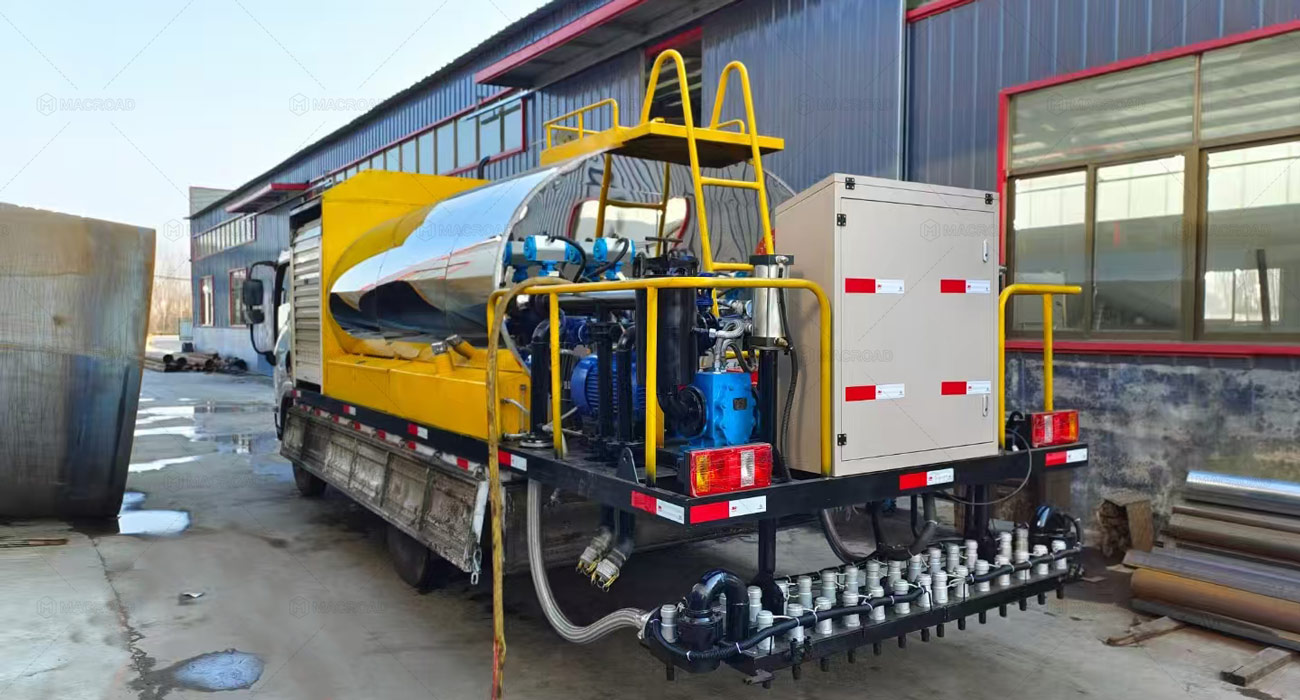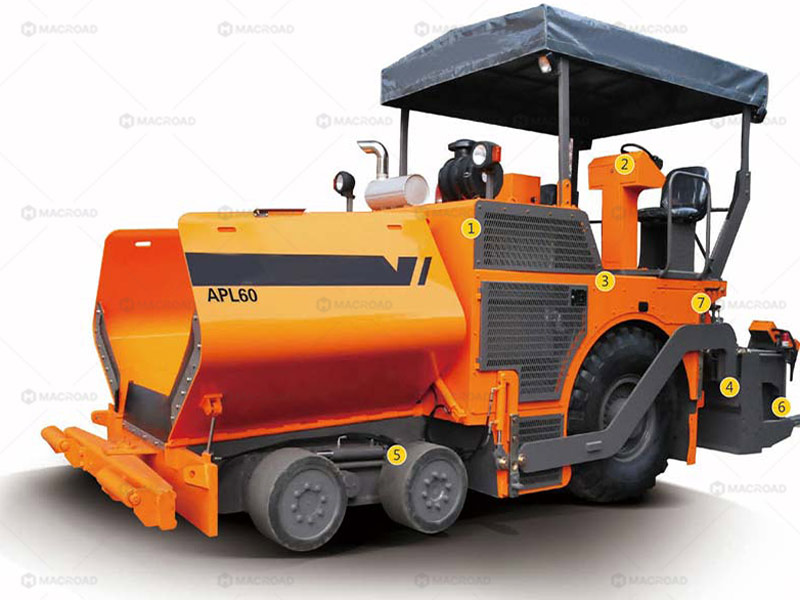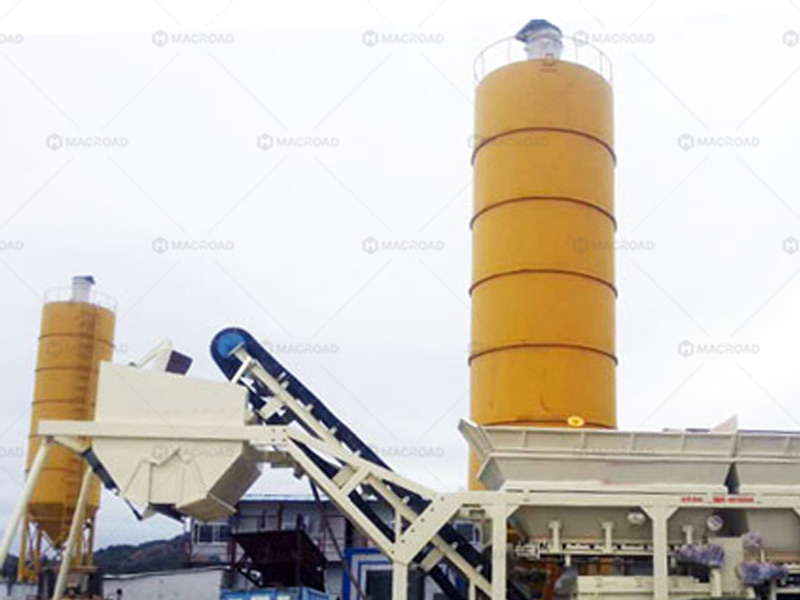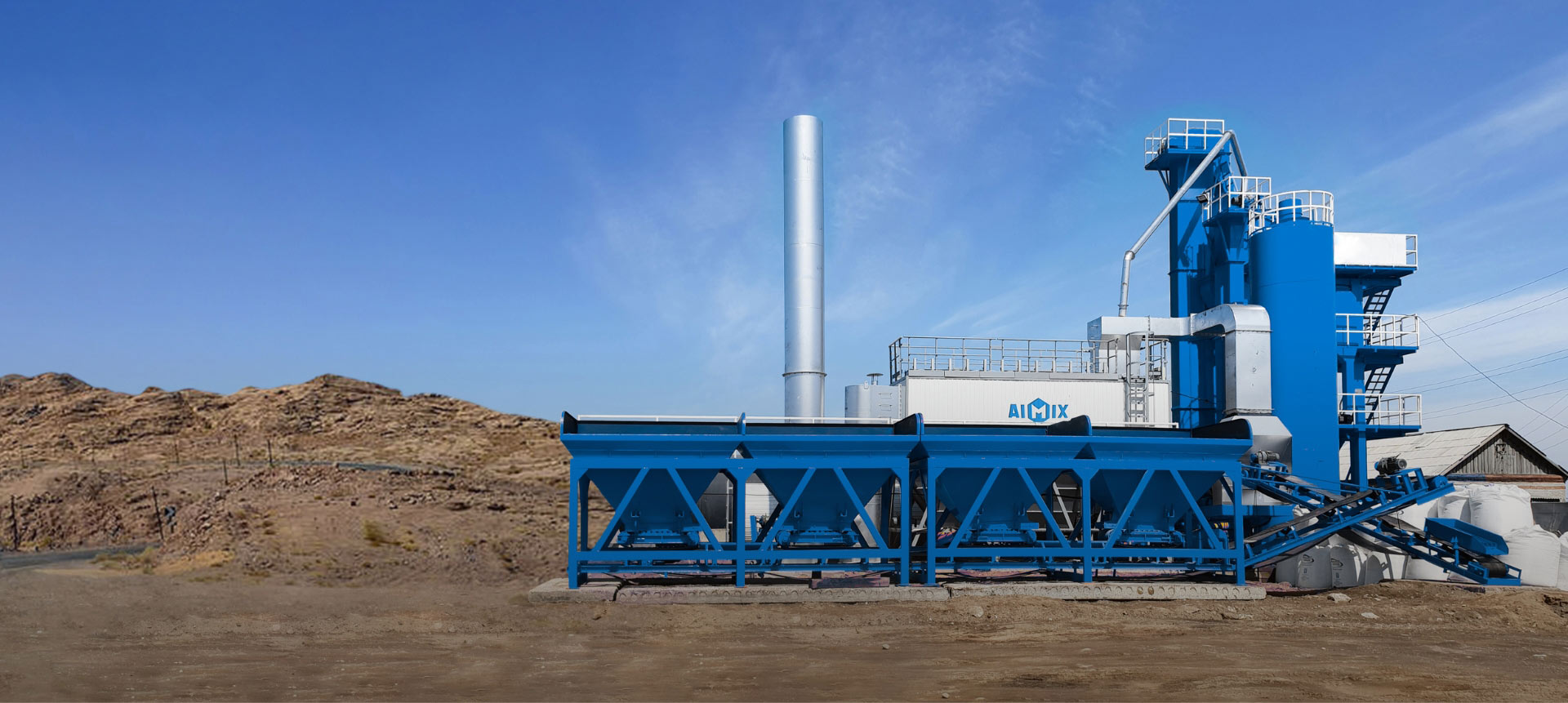In the asphalt paving process, the proper coordination between asphalt distributors, asphalt paver machines, and road rollers is essential for achieving high-quality pavement. Initially, asphalt distributors spray a tack coat to create a bonding foundation for subsequent paving. Following this, the asphalt paver machine lays down the asphalt mixture, and finally, the road roller compacts the surface. The synchronization of operation rhythms and parameters among these three types of equipment directly impacts the pavement’s flatness and compactness. This article explores how to accurately match the operation parameters based on paving thickness and mixture type to avoid common quality issues like segregation, looseness, or insufficient compaction.

Understanding Operation Parameters
To ensure a successful asphalt paving process, it is critical to understand the specific operation parameters of each piece of equipment involved. Asphalt distributors need to spray the tack coat evenly, which serves as the initial bonding layer for the asphalt mixture. The amount of tack coat applied can vary depending on the type of mixture and the surface condition, making it essential to adjust the spray rate accordingly.
Moving on, the asphalt paver machine must maintain an appropriate traveling speed while laying down the mixture. This speed affects how well the asphalt adheres to the tack coat and the uniformity of the application. Lastly, the road roller‘s rolling times must be calibrated to the thickness of the pavement being constructed. Different thicknesses and mixture types require varying levels of compaction to achieve optimal results.

Matching Parameters with Paving Thickness
The thickness of the asphalt layer plays a significant role in determining the operation parameters of the asphalt distributors, asphalt paver machines, and road rollers. For thin overlays, the amount of tack coat sprayed by the asphalt distributor should be carefully measured to ensure it provides sufficient bonding without excess material, which could lead to surface irregularities.
In contrast, when dealing with thick base courses, the asphalt distributor may need to apply a greater volume of tack coat. Similarly, the asphalt paver machine’s speed must be adjusted to accommodate the increased thickness; a slower speed may be required to allow for better material flow and consistency. The road roller must also increase the number of rolling times to ensure adequate compaction, preventing issues such as looseness or segregation.

Considering Mixture Type
The type of asphalt mixture used also significantly impacts the operation parameters in the asphalt paving process. For example, hot mix asphalt requires different handling and compaction than modified asphalt. Hot mix asphalt tends to be more workable at higher temperatures, allowing for more rapid paving and compaction. The asphalt distributor, in this case, should ensure a uniform tack coat that can properly bond with the hot mix.
Conversely, modified asphalt may have different physical properties that require adjustments in the paving process. The asphalt paver machine’s speed may need to be reduced to allow for the unique flow characteristics of modified asphalt, ensuring proper coverage and adherence. The rolling times of the road roller must also be adapted to achieve the necessary density and compaction for different mixtures.

Monitoring and Adjusting During Paving
Finally, continuous monitoring and adjustment during the asphalt paving process are crucial for maintaining quality. Operators should keep a close eye on the performance of the asphalt distributors, asphalt paver machines, and road rollers to identify any deviations from the planned parameters.
Real-time adjustments can help address issues as they arise, ensuring a smooth workflow and high-quality pavement. By maintaining open communication among the equipment operators, any necessary changes can be made promptly, allowing for efficient coordination and preventing potential quality problems.
Conclusion: Achieving Optimal Pavement Quality
In conclusion, the asphalt paving process requires precise coordination among asphalt distributors, asphalt paver machines, and road rollers. By accurately matching operation parameters to paving thickness and mixture type, enterprises can enhance the quality of the pavement and avoid common issues such as segregation and insufficient compaction. Through careful monitoring and adjustment, the effectiveness of the asphalt paving process can be maximized, resulting in durable and high-quality road surfaces.
